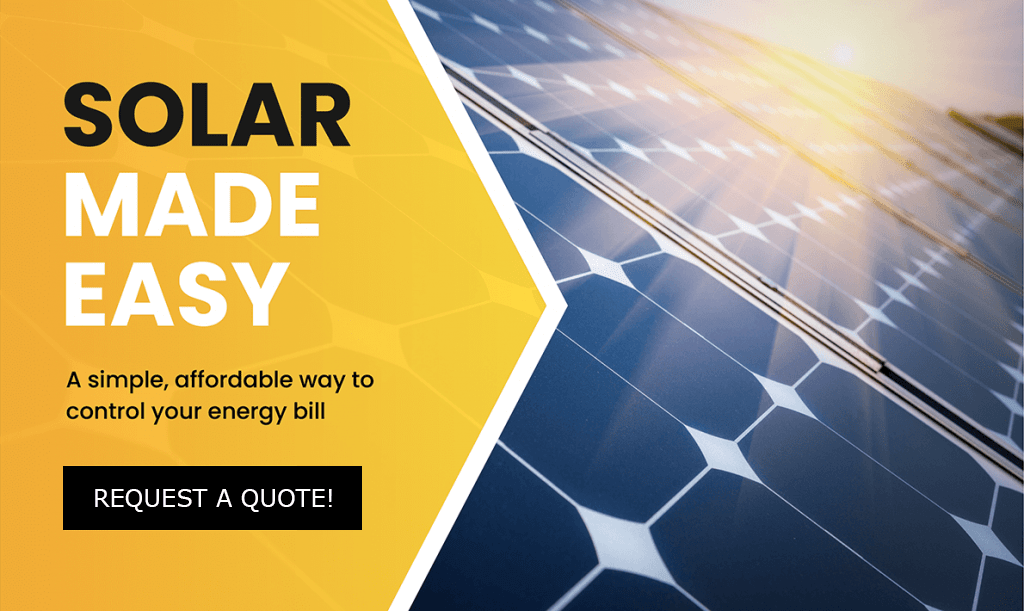
Australia’s so-called “Sun Tax” is a new export tariff that charges solar owners for solar electricity they send to the grid. The new rules regarding the export charge will take effect on 1 July 2022, but electricity retailers won’t be allowed to put solar owners onto export pricing until 2025 at the earliest.
Is this something you should be concerned about if you’re a solar owner, or thinking of going solar?
In our opinion, the answer is no – and most industry commentators concur with this view.
The so-called “sun tax” form parts of the rule changes by the Australian Energy Market Commission. The AEMC makes the rules for the electricity system covered by the National Electricity Market.
The original rules for how the National Electricity Market works were written 25 years ago. This was at a time when electricity flows were just one way, from centralized power stations to our homes and businesses.
The rules have now been updated to reflect the importance of solar electricity and other renewables in the national energy mix.
The new rules reward solar owners for sending clean energy into the grid. They also put in place pricing structures to discourage solar owners from sending solar electricity to the grid when the grid is under stress. These rules give network providers and electricity retailers the power to charge households who export solar electricity to the grid at times when it isn’t needed, for example 2pm on a sunny afternoon.
Advocates of the new rules have argued that the export charges are required to help fund upgrades to electricity networks. Opponents call the export charges “a tax on the sun” saying that people who have invested in solar should not be penalized for creating clean renewable energy.

First, it’s worth reiterating that it is up to state governments to authorise the implementation of these new rules – including the solar export tariff or “sun tax” – in their state.
If they do, the earliest that you could be put onto a tariff which includes charges for exports is 2025. However, distributors will have to offer a basic solar export service up to a defined export threshold (to be determined according to circumstances), at no charge.
The answer is not a lot, if anything at all. The Australian Energy Market Commission says that the average solar home with 4kW or 6kW of solar will be $70 a year worse off under the new rules; still saving around $900 a year on power bills.
In addition, the average solar home will only be worse off if they choose not to take advantage of any of the pricing incentives that will be made available. These will include higher feed-in tariffs for sending power to the grid when the network isn’t under strain.
In a nutshell, there are likely to be many more opportunities to make money from your solar exports under the new regime than is the case now.
We reckon that’s a good thing!
Other upsides of the new rule changes for solar owners are:
What’s clear is that the “sun tax” isn’t the terrible thing that some commentators make it out to be. In fact, the AEMC rule changes have more advantages than disadvantages for solar and battery owners. It’s also worth noting that the changes will be rolled out slowly and only if state governments authorise them.
However, if you are determined to avoid any charges for exporting electricity to the grid, you can use your surplus solar to power your air conditioning, an electric pool heat pump and a hot water heat pump. These energy efficient systems not only use very little electricity, but you can run them for free with your self-generated solar electricity.
The latest air conditioning units are Wi-Fi enabled. Use the app to switch on your aircon when you’re in the office and come home to a nice cool home that hasn’t cost you anything in power bills.
It’s not just air conditioning systems that provide this feature. It’s where all modern electrical appliances are heading. And for solar and battery owners, that’s great news because it means you can make the most of every kilowatt hour of electricity that your panels produce.
It also makes the “sun tax” a non-issue. Looking back on it in a few years’ time, you’ll wonder why you even gave it the time of day!
If you’re thinking solar panels or a battery for your home, get in touch. We’ve got a team of solar experts ready to discuss your requirements and design the right solar system for your home and budget.
We are available! Have a question? Text us here.
 Text Us
Text Us
It’s laborious to seek out educated individuals on this subject, but you sound like you already know what you’re talking about! Thanks
Yeah bookmaking this wasn’t a risky conclusion great post! .
Merely a smiling visitor here to share the love (:, btw great design and style. “Reading well is one of the great pleasures that solitude can afford you.” by Harold Bloom.